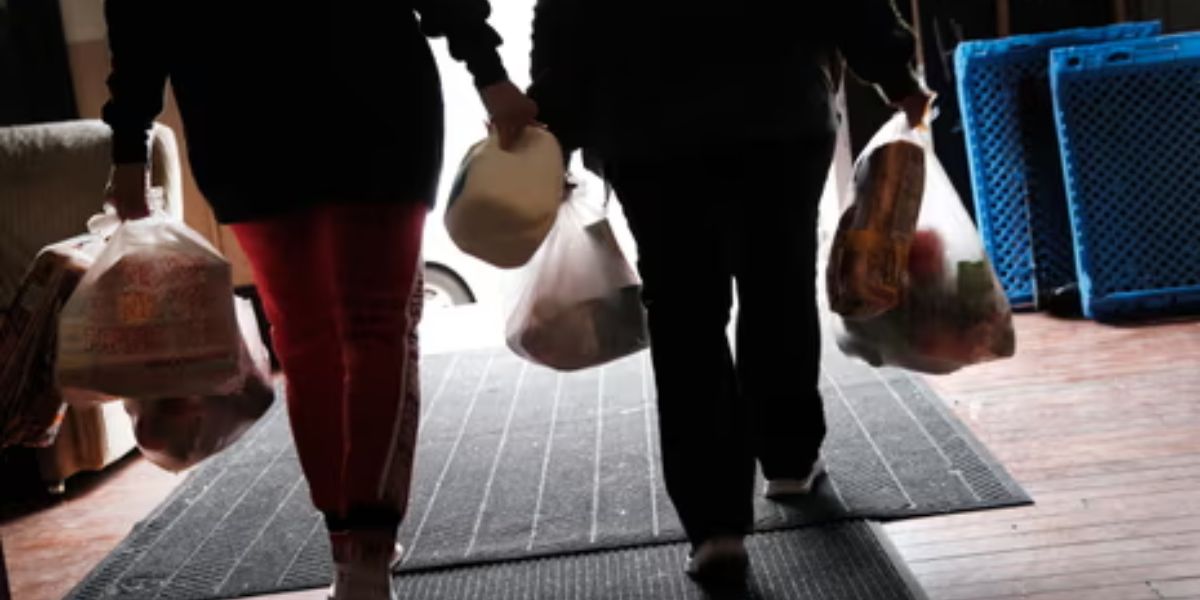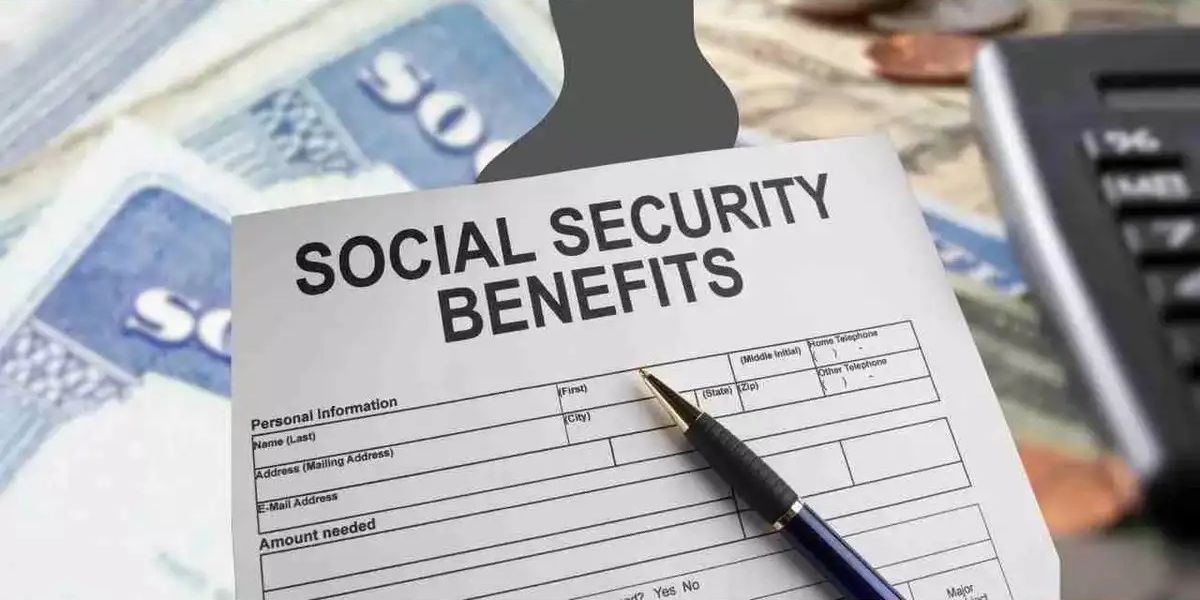Low-income families across Texas and Florida are receiving increased food assistance this May, as part of a broader federal effort to adjust benefits in line with inflation and household needs. The maximum Supplemental Nutrition Assistance Program (SNAP) benefit for an eight-person household has now reached $1,756—a nationwide adjustment guided by the Consumer Price Index.
This increase, in effect through September 30, 2025, underscores how the program continues to respond to economic pressures like rising food and housing costs.
Disbursement Schedules and Policy Highlights in Texas and Florida
Texas, which serves more than 3.2 million SNAP beneficiaries, distributes benefits based on the Eligibility Determination Group (EDG) number. For example, households certified before June 1, 2020, will receive payments between May 12 and May 15. For those certified after that date, payments will roll out from May 16 to May 20, depending on EDG numbers.
“Programs like TSAP simplify access for seniors and disabled residents,” said a spokesperson from the Texas Health and Human Services Commission (HHSC), referencing the Texas Simplified Application Project. “We’ve prioritized accessibility via the Lone Star Card and digital systems like YourTexasBenefits.com.”
In Florida, where SNAP is overseen by the Department of Children and Families (DCF), over 2.9 million residents benefit from the program. Payments are staggered between May 12 and 20 based on case numbers, with residents receiving benefits on different days depending on the last two digits of their case IDs.
Unlike Texas, Florida does not apply asset limits for most SNAP applicants and allows a higher gross income threshold—200% of the federal poverty line. “We’re focused on flexibility,” a DCF official told WGN News. “Programs like SUNCAP streamline support for SSI recipients, and ACCESS Florida remains a key tool in efficient benefits delivery.”
A Snapshot of the Numbers
Here are the maximum SNAP amounts by household size for May 2025, according to the USDA:
- 1 person: $292
- 2 people: $536
- 3 people: $768
- 4 people: $975
- 5 people: $1,158
- 6 people: $1,390
- 7 people: $1,536
- 8 people: $1,756
- Additional members: +$220 each
The USDA’s adjustment—known as the Cost-of-Living Adjustment (COLA)—is based on changes to the Consumer Price Index for Urban Wage Earners and Clerical Workers (CPI-W). It ensures benefits reflect economic reality, particularly for food and essential services.
Legal and Civic Implications
While SNAP is federally funded, state administration plays a crucial role in ensuring equitable access. Legal advocates point to disparities in how states implement income thresholds, asset limits, and digital systems. “The lack of asset tests in Florida opens access, while stricter rules in Texas may leave some families out,” said Maria Gonzalez, a policy researcher at the Center for Community Equity.
The Civic Nutrition Coalition noted that despite recent increases, SNAP benefits often don’t match the rising cost of groceries in urban centers like Houston or Miami. “For many, it still doesn’t stretch to the end of the month,” Gonzalez added.
Were you affected by SNAP benefit changes in Texas or Florida? Share your experience in the comments below.




